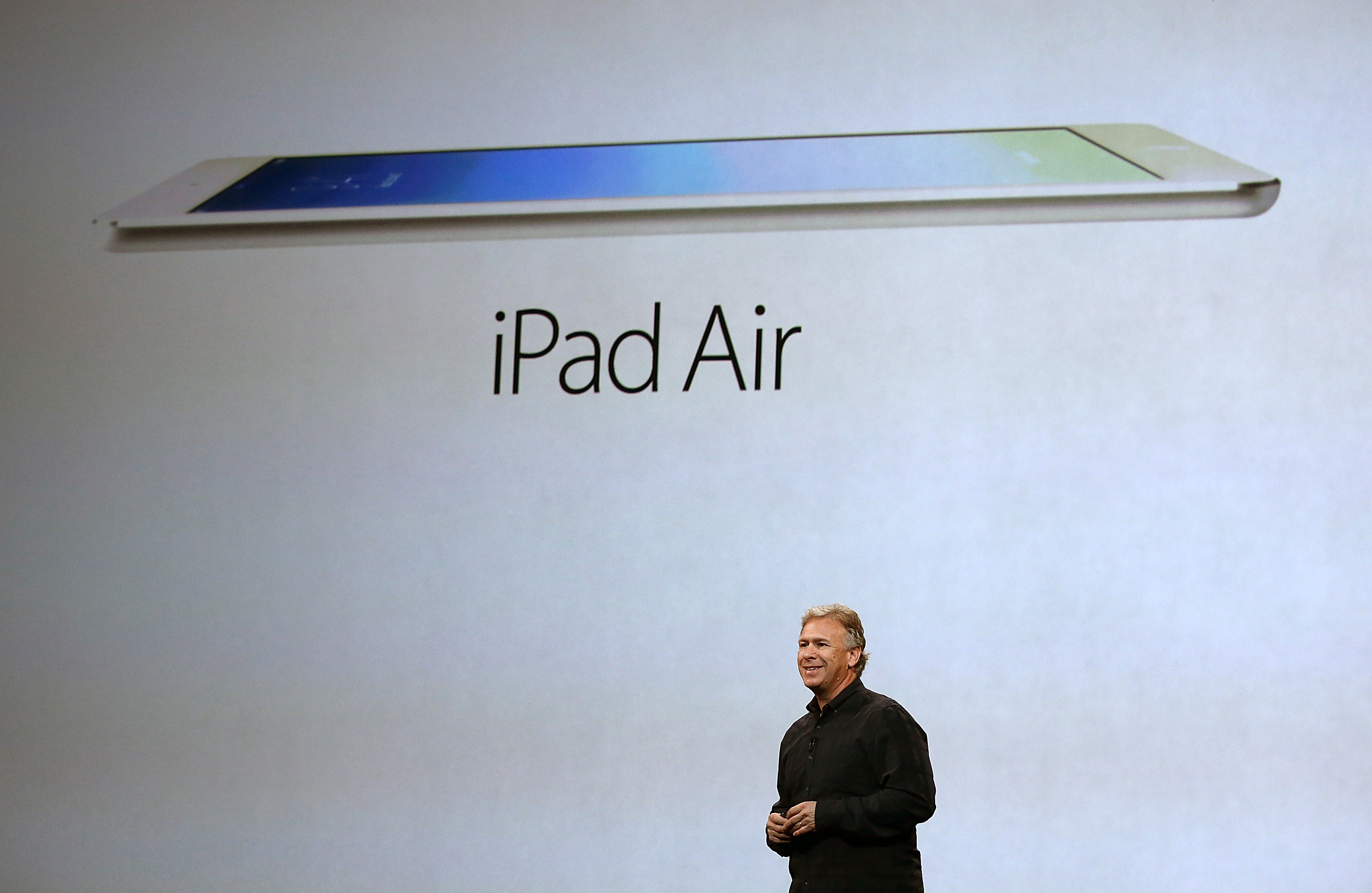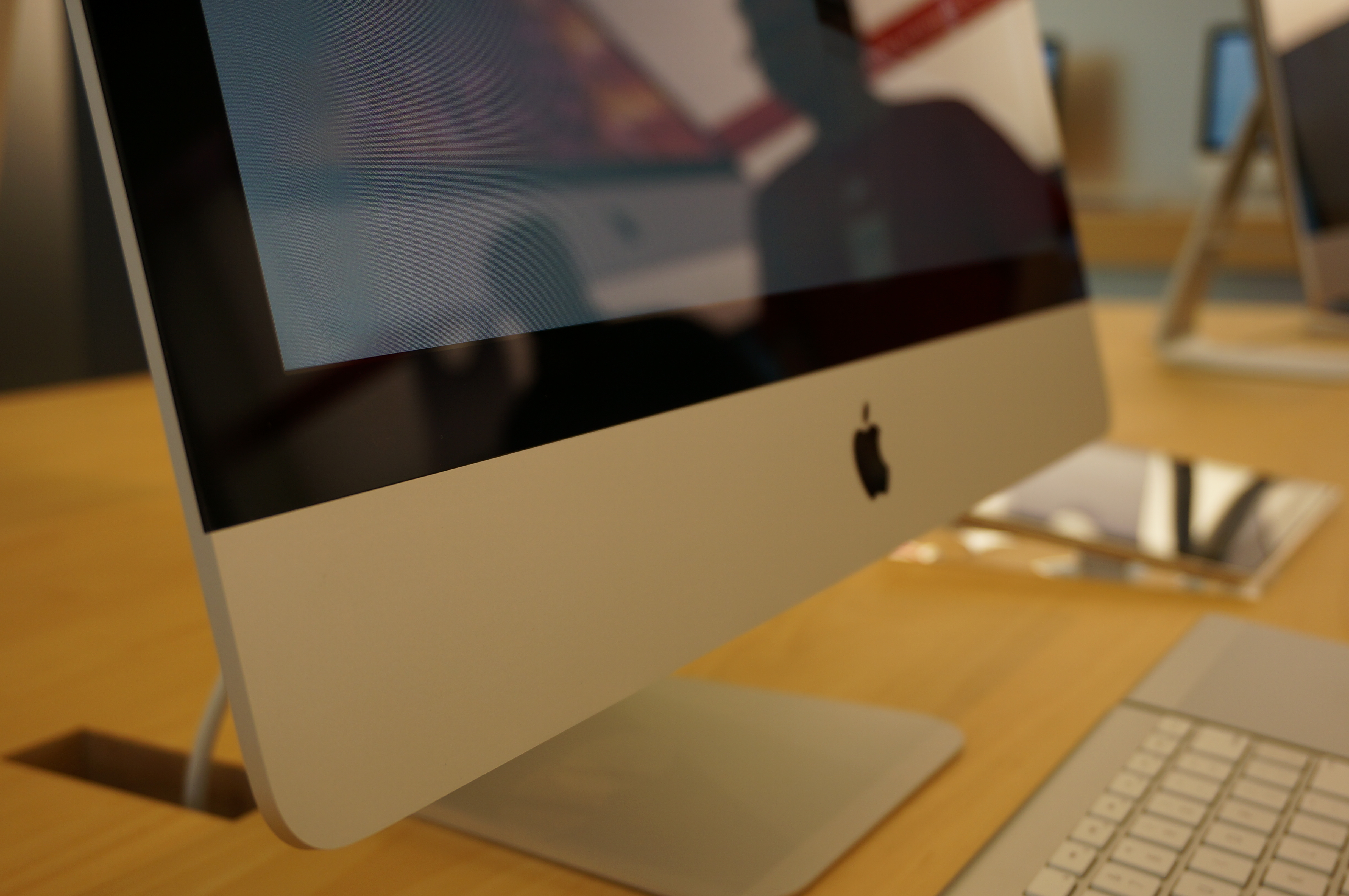What to expect at Apple’s October event

In recent years, Apple has divided its fall announcements into two major media events. Whereas September has historically been reserved for iPod and music events, seeing the introduction of 2007’s iPod touch and nearly every iPod iteration since, since the introduction of the iPhone 4s in 2011 Apple has shifted its iPhone announcements from WWDC in June to these special September media events. In 2012, Apple added a second October event to its lineup to introduce the fourth-generation iPad and the first-generation iPad mini, shifting its tablet announcements from early spring to the precious months at the outset of Apple’s lucrative holiday quarter.
In the years since, every major iOS product iteration—the iPhone 5, iPhone 5c, iPhone 5s, iPad Air, and iPad mini with Retina Display—have been announced at one of these events and released shortly thereafter. This year, Apple has already introduced two new iPhones and its forthcoming Apple Watch at September’s massive media event in San Francisco. Yesterday, the company released its invitations to another event for next Thursday, October 16. In keeping with tradition, Apple watchers anticipate the company to announce new generations of its iPad Air and iPad mini products, but the specifics surrounding its other possible announcements remain vague. Here’s what we’re expecting from the biggest tablet event of the year.

Egads, iPads
In keeping with Apple’s tick-tock product release strategy, this year’s iPad Air will iterate only slightly over last year’s complete redesign. The A8 system-on-a-chip from the iPhone 6 and 6 Plus will surely make its way into the iPad line, and bumps in camera capabilities and perhaps battery life are likely additions. Rumors have circulated about a thinner iPad Air enclosure that does away with the mute or orientation lock switch on the product’s right side, as well as a redesigned, less obvious speaker grille at the bottom, but these cosmetic changes remain to be seen. Equally likely is the rumor that these new tablets will be available in gold, an offering that many design-conscious Apple fanatics will celebrate.
Most importantly, both the second-generation iPad Air and third-generation iPad mini are anticipated to inherit Touch ID sensors in their home buttons from the iPhone lines. The addition is sure to simplify the screen unlock process and enable one-touch purchases from the iTunes and App Stores, but begs the question: could Apple Pay be coming to the iPhone’s larger cousins? The integration of an NFC chip—and the illogical implications of buying coffee with a 9.7–inch tablet—seems unlikely, but it’s possible that Apple Pay will be enabled within applications for in-app purchases and mobile e-commerce.

iMacs to the max
iOS devices aren’t the only products getting some attention at these fall events—since its radically thin redesign in 2012, Apple’s flagship iMac desktop series has seen little iteration beyond the occasional processor upgrade or spec bump. As the all-in-one descendent to Apple’s revolutionary 1984 Macintosh, and as the latest incarnation of the brightly colored desktops that heralded Steve Jobs’s return to Apple in 1998, the iMac has a lot of brand weight on its shoulders. The lineup once served as Apple’s flagship consumer desktop, and was first among Apple products to omit needless features like floppy disc drives, but the mantle of cutting-edge innovation has since been passed along to the iPhone.
In keeping with Apple’s trend of bringing technical features and design aesthetics “back to the Mac,” this year’s iMacs are expected to include Retina displays to match the company’s iPhones, iPads, and MacBook Pros. While pundits have speculated about the particulars of its resolution, especially whether it will match the existing 4K specification, the increase will regardless bring Mac desktops closer in line with their portable compatriots and modernize Apple’s traditional computer offerings for 2015. Rumors about Retina desktop displays, especially Apple’s $999 Thunderbolt Display, started after Apple’s newest Mac Pro was released with support for multiple connected 4K monitors, but nothing has surfaced quite yet.
To complement new hardware will likely be the official release date of Apple’s newest desktop operating system, OS X 10.10 Yosemite. Besides a counter-intuitive version number, Yosemite imports the minimalist iOS 7 design aesthetic to OS X with ground-up redesigns for nearly every core system app. New features called Handoff and Continuity tie iOS and OS X even closer together than their looks, allowing for the seamless transition of tasks like email composition and SMS text messaging between complementary apps on mobile and desktop. Apple just seeded its second “golden master” release candidate to developers this week, so its release should be imminent—and Apple has historically aimed to launch shiny new hardware to coincide with its shiny new software.

Whither iPods?
The iPod is dead, or so recent Apple keynotes would lead audiences to believe. The company’s longstanding iPod classic—untouched and unaltered since its original introduction in 2007—was finally discontinued and removed from the online Apple Store after the iPhone 6 event last month. This decision finally puts an end to nearly a decade of click wheel history and removes the final spinning-hard-drive-disc product from Apple’s mobile lineup. (Perhaps that’s hyperbolic for now: while no iPod, iPhone, iPad, or recent MacBook still includes a traditional hard drive disc, Apple still sells their unibody MacBook Pro at entry-level prices.) Besides discontinuations and software updates, it would seem that the iPod lineup, which was once Apple’s crown jewel, has been largely left to rust.
iPods might not be receiving their share of invention, but they’re far from unnoticed. The rounded-corner-and-brushed-aluminum case design that made its debut on the iPod touch in 2012 has made its way through Apple’s entire iOS lineup, starting with the iPad mini before expanding to the iPad Air and iPhone 6. Many of the interface and user experience learnings Apple gained from its wrist-strap-friendly square iPod nano in 2010 have informed the design and strategy for next year’s Apple Watch. And the VoiceOver experimentation in the 2009 iPod shuffle, which enabled audio feedback for navigation on the buttonless music player, has transformed the company’s industry-leading approach to accessibility options in years hence.
September and October keynotes used to center completely on the iPod, but it’s unlikely this year’s announcements will include them in any significant way. iPod touch might see a processor improvement and GPU bump to bolster its reputation as the everyman’s gaming machine, and the iPod nano might see a software re-skinning to match the iOS 7 and 8 design trends. As for the Apple TV—a “hobby” of Apple’s that the company often rolls up with iPods in keynote presentations—its next iteration promises to be a massively significant one, making it unlikely to share the spotlight with iPads and Yosemite.

It’s Been way too long
Apple’s marketing copy on its event invitations is traditionally ripe with double meanings and open to wildly divergent interpretations. For example, the invitation for Apple’s iPhone 5c event last fall promised to “brighten everyone’s day” and its iPad mini invite hinted at “a little more to talk about.” This year’s slogan is no exception. While social media commentators expect this means a “longer” iPad or a new form factor for an existing product, it’s more likely the line cheekily remarks on the proximity of this event to September’s iPhone event. iPod optimists might suspect it implies that “it’s been way too long” since the iPod saw an update, and Mac mini enthusiasts might believe the same, but it’s most likely the slogan’s true meaning is simpler than many suspect. (The iPhone 6 event headline “wishing we could say more” didn’t pan out into the voice-control features reporters predicted, anyway.)
Apple events capture commentators’ imaginations and invite rampant speculation, but longtime followers will begin to appreciate the company’s cyclical nature. It’s rare that Apple is able to drop a complete surprise on its fans—a fact which made WWDC’s unexpected developer announcements so exciting. Although supply chain leaks often spoil iPhone announcements for rumor hunters, Apple has managed to play certain introductions close to the vest. Nobody predicted the design and functionality of its forthcoming Apple Watch, and little has been said about what surprises the company has in store for us next week. Apple may or may not broadcast a live stream of its event from 4 Infinite Loop in its Cupertino headquarters, but millions will follow along on countless live blogs and frenetic Twitter conversations. Because for the Apple faithful waiting for their “one more thing,” it’s always been way too long.